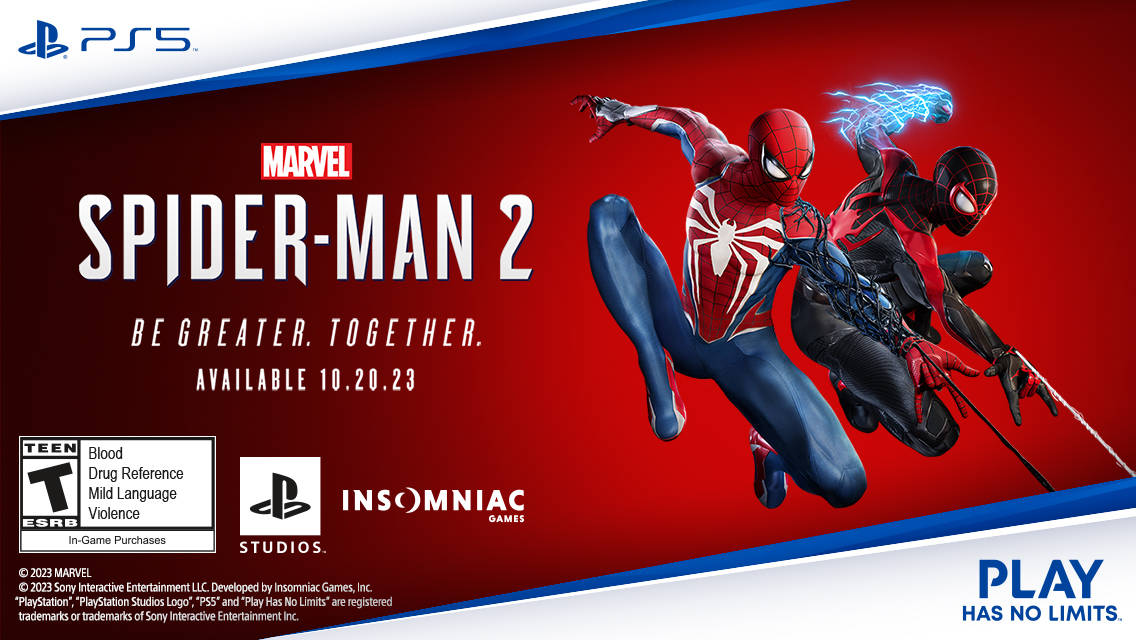I’ve been a Dead or Alive fan overall for the entirety of its life. My first experience with it was in a pizza parlor in Thousand Oaks, California, that just happened to have an original Dead or Alive cabinet as part of its small selection of arcade games. After that, I’d go on to compare differences between the PlayStation and Sega Saturn home ports, marvel at Dead or Alive 2 on the Dreamcast, own the Dead or Alive 3 / Ultimate combo box on Xbox, watch the series’ jump to next-gen with Dead or Alive 4 on the Xbox 360, and review the most recent release, Dead or Alive 5, before it ended up going free-to-play. Heck, I’ve even played and enjoyed every one of the Dead or Alive Xtreme games. So, when a new game in the franchise comes along, I want to be excited.
Excitement is something I’m not sure I feel over Dead or Alive 6, but getting to the reason why isn’t a straight, simple path.
The folks at Team Ninja seem to have found their groove when making new chapters of their fighter franchise, and at its core, Dead or Alive 6 builds upon what we got in its predecessor. Fights still play out in full 3D as players try to out-punch, kick, grab, and reverse their opponents to win the match. The big new twist this time around is the Break Gauge, which replaces Dead or Alive 5’s “Power” options. In addition to allowing for varied attacks while sidestepping, using half of your Break Gauge will perform a singular hold stance that can reverse any strike, which is a welcome crutch for when you’re getting frustrated by an opponent’s mix-ups or simply want a guaranteed way of opening them up for counterattack. Meanwhile, using the entire Break Gauge will unleash a powerful super-like Break Blow, which you can either pull off at a moment’s notice or automatically include at the end of a new type of four-hit combo string of strikes. It never quite does the damage I think it should, but the Break Blow is always satisfying to pull if, even if just for watching your chosen fighter smack the hell out of their opponent with such a hard-hitting blow. Overall, the Break Gauge doesn’t bring anything revolutionary to the series, but it does offer options that quickly become integral to the strategy of fights.
For those who love single-player content, there’s a story mode that follows every single character in the game through an adventure that intertwines the latest Dead or Alive tournament with an evil plot by the shadow organization M.I.S.T. and its genius scientist NiCO. While not every character gets equal time in the spotlight, and I wish more attention was shown to the tournament side of the narrative, there’s a lot of various story beats to unlock, so the mode will keep you busy for a nice chunk of time. Far more exciting to me is the new DOA Quest, a series of character-specific tests where players must accomplish three preset challenges. DOA Quest gives you the chance to sit down and beat up on some AI opponents while also working toward certain goals, and it features the incredibly helpful ability to instantly jump to the tutorial dealing with a particular challenge if you need to brush up on how to beat it.
Speaking of the tutorial, DOA6 has an almost ridiculously long list of options for teaching you how to play the game, going into pretty much every element of its fighting engine that you could think of. I found some of the tutorials to be not quite as clear as I would have liked, but I admittedly also didn’t have the patience to clear every single one of the near 200 missions, so maybe it was more my fault than the game’s. Arcade, Time Attack, and Survival round out the solo options on offer, which should all be self-explanatory at this point in the genre. In terms of content, they help add even more to do when not wanting to compete with other humans, but I found them strangely lacking in terms of presentation, with no visual elements telling you how many opponents you’ll be facing, who’s up next on your path to glory, and so on. Online is pretty anemic at the moment as well, with Ranked being the sole option for finding opponents to spar against, but Team Ninja is promising more additions to the online menu in the coming weeks. Still, that side of the game does feel incredibly rushed, almost mirroring the issues that Street Fighter V had at its launch.
And then, of course, there are the microtransactions. By now, we’ve all heard about the game’s first season pass, which costs $93 for a couple of additional fighters and a handful of new outfits—but anybody surprised by that announcement must have missed the fact that Dead or Alive 5 has over one thousand dollars of DLC available for purchase. The era of Koei Tecmo making a Dead or Alive game that isn’t overflowing with ways to spend money is long gone, yet DOA6 actually offers up a nice selection of unlockable outfits like in the good old days. In fact, through the game’s Wardrobe option, you can even customize a character’s hair style (nice) and give them glasses (double nice), all of which comes from earning credits and pattern parts during the course of the game. (Sadly though, in Dead or Alive tradition, the male fighters definitely get the short end of the stick in terms of customization options.)
Really, my biggest complaint here is knowing how to unlock what, because it’s a total mess. Completing the various challenges in DOA Quest is by far the quickest and easiest way to earn pattern parts, but those challengers never tell you which character you’ll be earning them for, nor do they always give you enough to open up a particular outfit. So, getting a specific alt for your favorite fighter to unlock tends to happen totally through luck or time spent grinding, and even then, you still have to spend points to actually use them. Playing other modes will earn you pattern parts as well, but prelaunch the payout amounts were downright insulting, with rewards often being in the single digits. Currently, the game is running under a “Release Celebration Campaign Boost” where said parts are being multiplied by 100, which is an increase over the 10x limited-time boost that was already in place. As well, Koei Tecmo have announced that a mid-March update to the game will make it so that pattern parts unlock for the character that you’re currently using instead of for a random roster member. Taking those both together, it does seem like the dev team is well aware of how terrible this system was as intended. Still, that update isn’t in place yet, and it remains to be seen where pattern part payouts will be once the “Campaign Boost” is over, so I’m not ready to call the problem fixed just yet.
In everything that Dead or Alive 6 is, it’s a decent-yet-sometimes-flawed new chapter of the series that most fans should be generally satisfied with–at least, once Team Ninja works out the outfit unlocks. And yet, at this moment in time, I just can’t shake the feeling that that isn’t enough.
Dead or Alive 5 is absolutely getting long in the tooth, having originally arrived way back in 2012 for the previous round of consoles, but Dead or Alive 6’s arrival to replace it feels totally unjustified. In an era when fighting games have really re-established themselves, as franchises new and old are putting out either content-heavy releases or getting ambitious revivals, the fresh coat of UI paint, two new roster additions (the decently interesting Diego and the oh-god-she’s-just-so-anime NiCO), and aforementioned features come off like the bare minimum that could have been done in DOA6. Even whatever spark of creativity and passion existed in DOA5 just isn’t here, causing the game to seem more like something launched to help boost a fiscal year release calendar and not because the team has exciting new ideas they wanted to put into place.
Starting with Dead or Alive 2, Team Ninja’s fighting games once stood as launch period titles that perfectly showcased the power and visual upgrades that new console generations could bring—and I think that’s exactly what Dead or Alive 6 should have been. Coming out now, the game feels like something nobody was really waiting for, especially as numerous other genre offers fight for their 15 minutes of fame. Having a visually stunning new Dead or Alive chapter that took advantage of the next PlayStation and Xbox systems would have been an incredibly exciting thing, and could also have helped make up for the lack of other included shake-ups to the series’ formula.
If we separate Dead or Alive 6 from everything else currently existing or going on in video games, and look at it as nothing but a singular release, it’s a solid fighting game core surrounded by an unambitious yet somewhat enjoyable outer coating. The reality, however, is that there’s so many situations under which this game could have been a more exciting, satisfying, or justifiable experience. It’s a shame that Koei Tecmo and Team Ninja have seemingly sent the project to die as we lead up to a next generation of consoles—or, at least, until we get a prettier and more robust version of Dead or Alive 6 on said consoles.
|
★★★☆☆
Dead or Alive 6 is a solid new chapter in Team Ninja’s long-running fighting game series that has rarely been satisfied with just being “solid.” All of the groundwork that needed to be built here was built, but upon it was placed a mostly by-the-numbers experience that is too often just as frustrating as it is fun. While a reworking of the game could leave it in a much better place in the future (and on newer consoles), for now it’s a good release for people wanting more Dead or Alive as long as they don’t mind its value is limited. |
Developer Team Ninja Publisher Koei Tecmo ESRB M - Mature Release Date 03.01.2019 |
| Dead or Alive 6 is available on PlayStation 4, Xbox One, PC. Primary version played was for PlayStation 4. Product was provided by Koei Tecmo for the benefit of this coverage. EGM reviews on a scale of one to five stars. | |

Mollie got her start in games media via the crazy world of gaming fanzines, and now works at EGM with the goal of covering all of the weird Japanese and niche releases that nobody else on staff cares about. She’s active in the gaming community on a personal level, and an outspoken voice on topics such as equality in gaming, consumer rights, and good UI. Check her out on Twitter and Mastodon.





